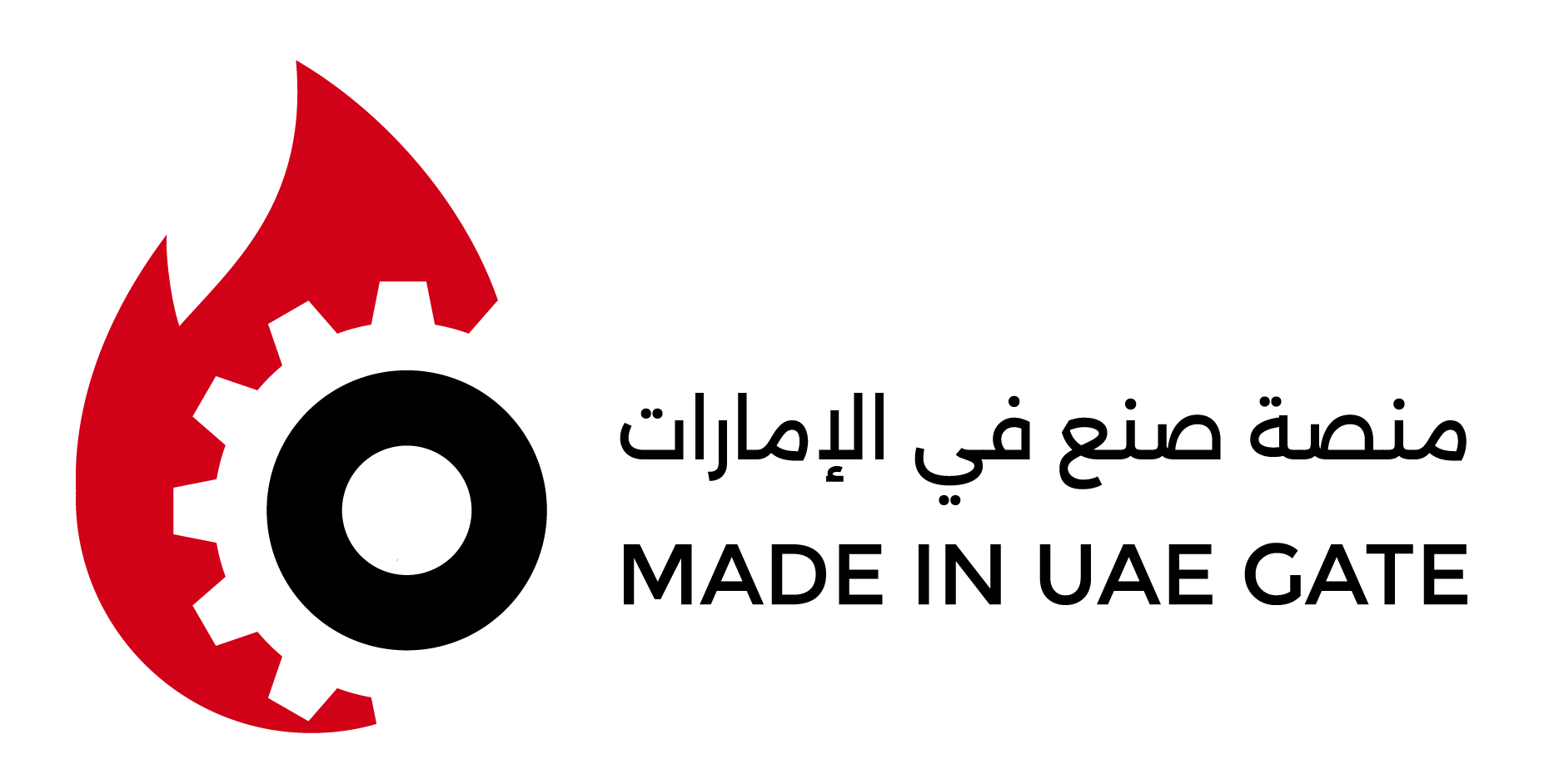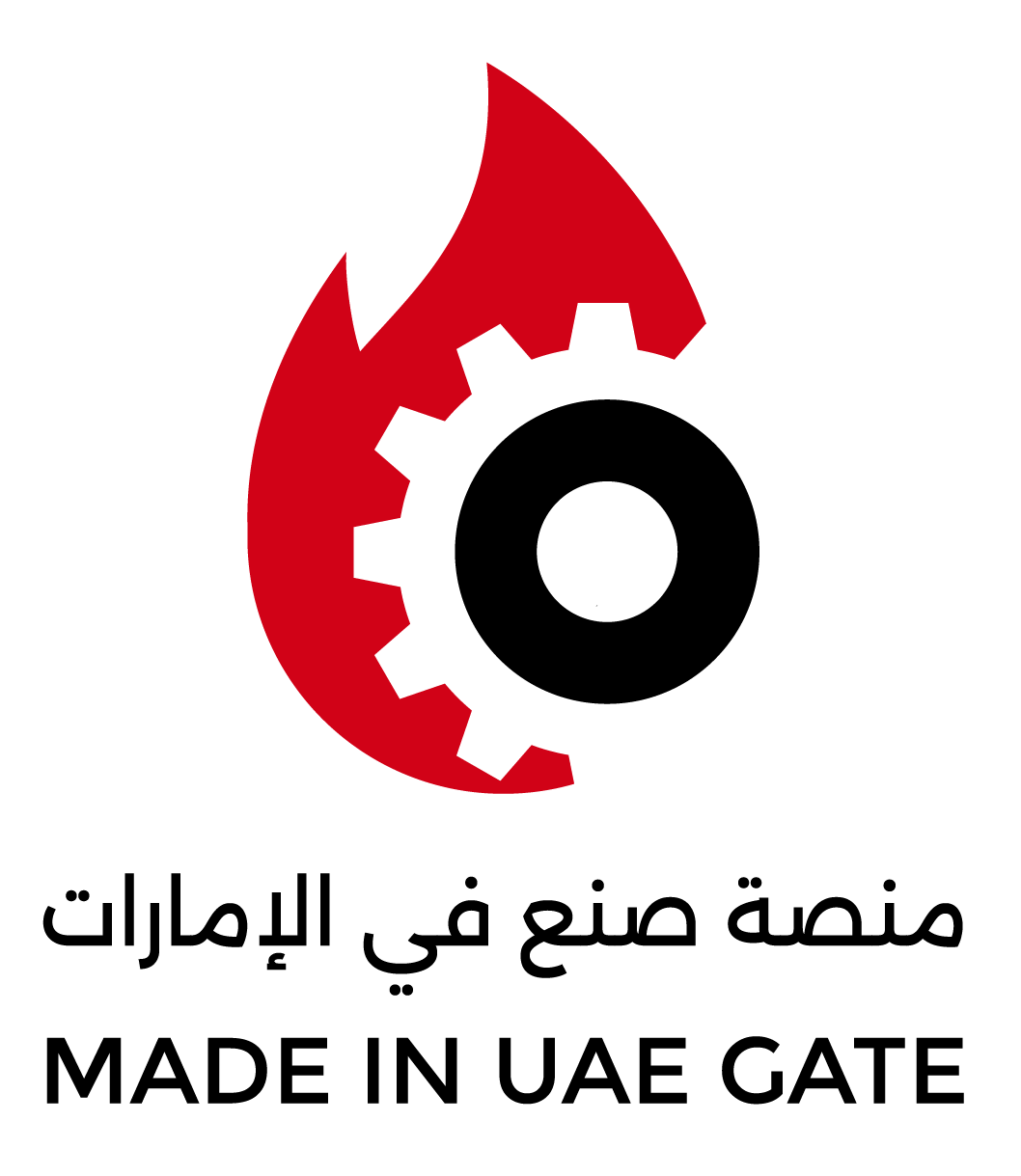Breast cancer is the most common and life-threatening cancer in the UAE.
According to UAE’s latest National Cancer Registry Report, the disease made up 20.2 percent of all malignant cases in 2019 and constituted 11.5 percent of cancer deaths in the country.
Often detected as a small lump or thickening in the breast area in females, if not diagnosed early the disease can be life altering.
However, with advances in screening technologies and treatment options many doctors like those at Cleveland Clinic Abu Dhabi (CCAD) say survival rates are increasing, and the future looks hopeful and optimistic.
Staff Physician of Medical Oncology & Hematology in the Oncology Institute, Dr. Bassel Jallad, told Aletihad, “Medical advances in recent years have resulted in the emergence of pioneering diagnostic and therapeutic techniques for breast cancer and have contributed to the high rates of recovery from the disease. Those advances also mean that women who suffer from breast cancer now have a variety of choices, depending on their condition.”
He emphasised the key to improved results lies in earlier and more proactive diagnosis.
He said the five-year recovery rate for patients at CCAD with early diagnosis was as high as 99 percent compared to 86 percent among patients whose cancer has spread to nearby lymph nodes and tissue.
A 2022 study led by researchers from the Dubai Medical College, MBR University and Department of Oncology, Burjeel Cancer Institute found that delays and pauses in breast cancer screenings from the COVID-19 pandemic could have a substantial and adverse effect on mortality rates going forward exemplifying the enormous impact that even short lapses in detection can have.
Thankfully, the doctors at CCAD say advances in MRI technologies have increased the ability and accuracy of cancer detections, with centres around the UAE like Cleveland already utilising the cutting-edge technologies.
Staff Physician of Diagnostic Radiology at CCAD’s Imaging Institute, Dr. Naghma Nawaz, told Aletihad, “Screening technologies have seen a leap in recent years. For instance, patients can now opt for 3D mammography, known as digital breast tomosynthesis. These images, created by an X-ray tube that moves in an arc around each breast to generate a 3D model, can better pick up invasive cancers, while also avoiding the false alarms that are common in conventional 2D mammography, especially in women with dense breast tissue. The suspicious findings seen on the 3D mammograms can now also be biopsied under 3D stereo guidance hence making the procedure more precise and shorter in duration.”
Dr. Jallad added that increased understanding of the genetic features that predispose people to breast cancer meant that prevention was also advancing.
He said coupled with counselling this could help those most at risk ensure they stay on top of their health, and most importantly their check-ups.
“By testing for mutations in BRCA1 and BRCA2 genes – the breast cancer genes that are responsible for DNA repair in their non-mutated state – patients can become aware of their own cancer risk, as well as risks for family members. Risk reduction measures, like preventive mastectomies and medication plans, are then available for patients to take charge of their own health,” he said.
For those already diagnosed, the doctors lauded advancements in immunotherapies, treatments that modify the body’s immune system so that it can fight off the cancer itself.
He said advancements in these therapies were especially crucial with those diagnosed with cancers that were difficult or dangerous to remove.
He also highlighted the major advancements in reconstruction surgeries – which was crucial to giving many women who had lost a breast to cancer a new lease on life.
ALETIHAD



